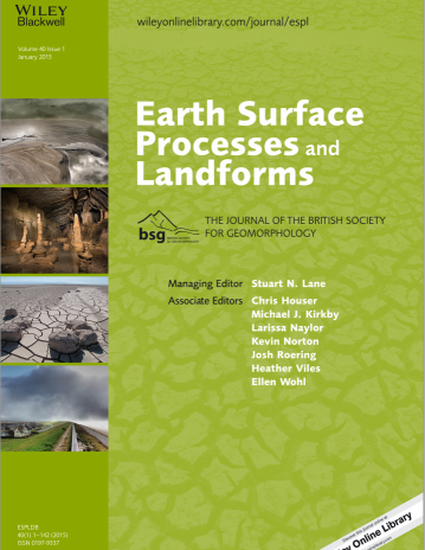
Field data from the Rio Paraná, Argentina, are used to examine patterns of suspended sediment transport over a sand dune. Measurements of three-dimensional velocity are made with an acoustic Doppler current profiler whilst suspended sediment concentration and particle size have been quantified using a laser in situ sediment scattering transmissometer. Suspended sediment concentration and streamwise and vertical sediment flux are highest close to the bed, with an upward vertical flux over the stoss side of the dune and downward flux over the lee side. Suspended sediment concentrations are higher over the crest compared with the trough and suspended sediment is coarsest near the bed. About 17% of the suspended-load transported over the crest is deposited in the lee side before it reaches the trough. Most of this deposited sand is coarser sediment that originates close to the bed over the crest, a result consistent with simulations based on the model of Mohrig and Smith (Water Resources Research 1996; 32: 3207–3217) for the excursion lengths of sediment dispersed in the lee side of a dune. Copyright © 2009 John Wiley & Sons, Ltd.
Available at: http://works.bepress.com/dan-shugar/17/
